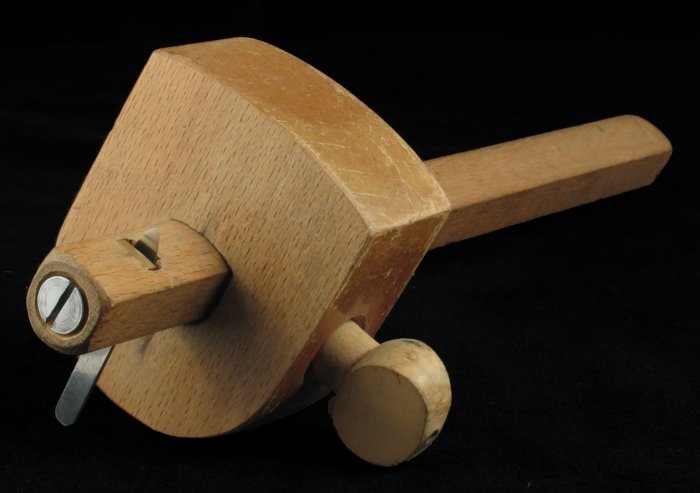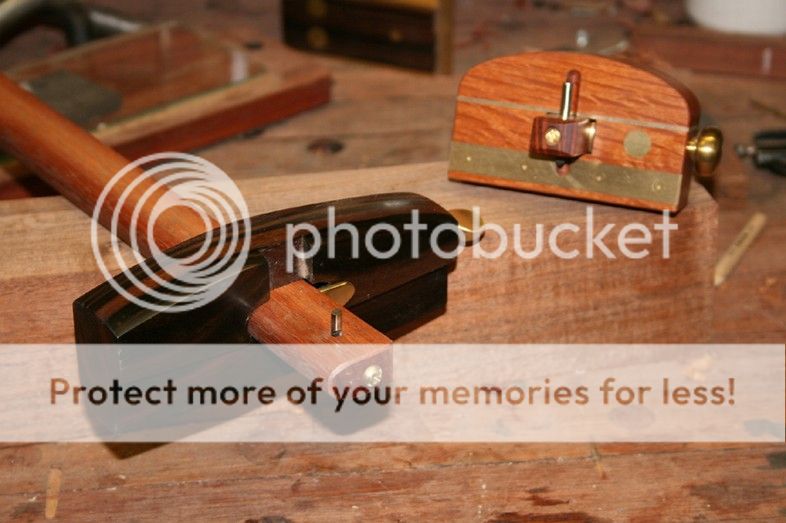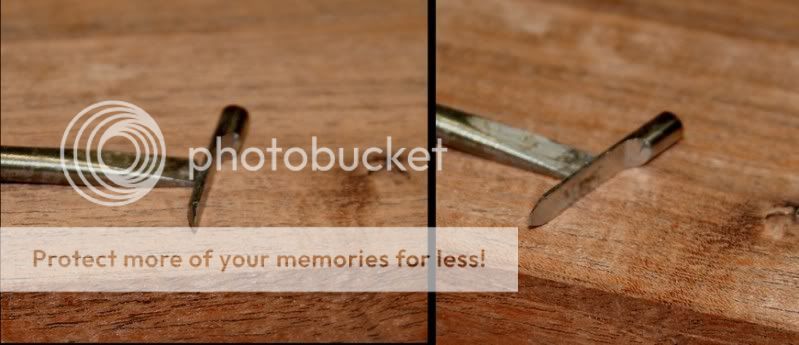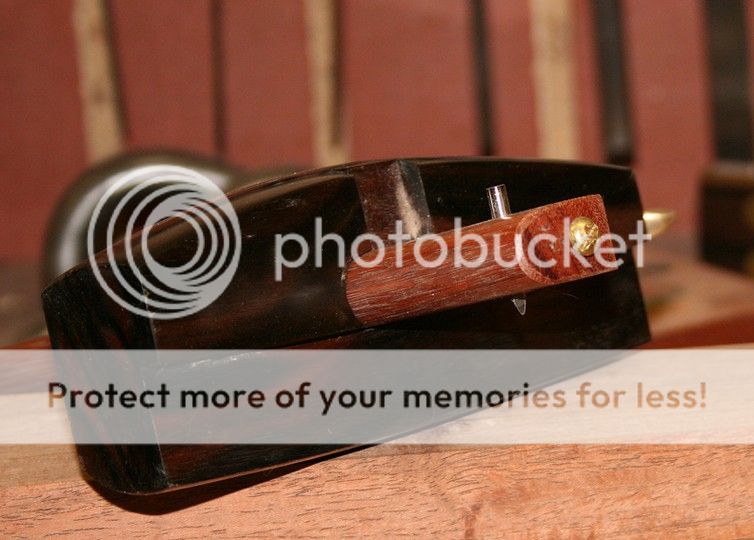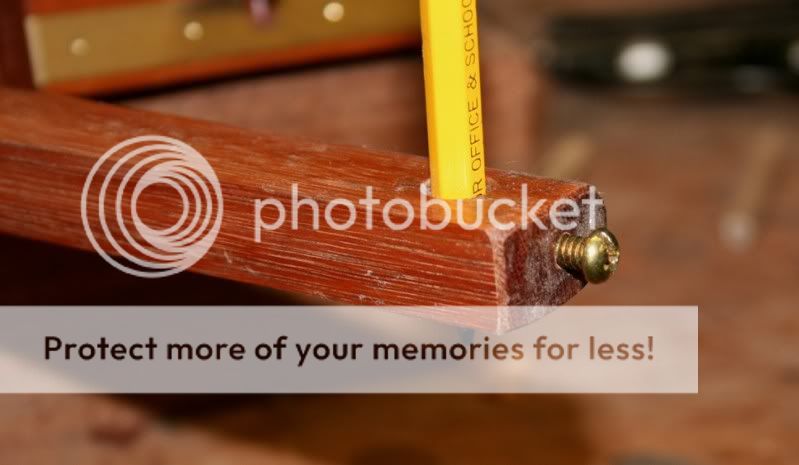woodbloke
Established Member
The best tool to do this sort of thing is a mini drill or grinder such as the Proxxon or Dremel, equipped with a selection of small grinding wheels. The flat is easy enough to grind but the rear curved section needs to be relieved so it's not quite so 'fat' if you see what I mean and then shaped carefully with the wheels so that there's an edge where it meets the 'flat' The cutting tip should also form a slight curve rather than a sharp point. Difficult to describe but easy enough to do with a little bit of practice - Rob




